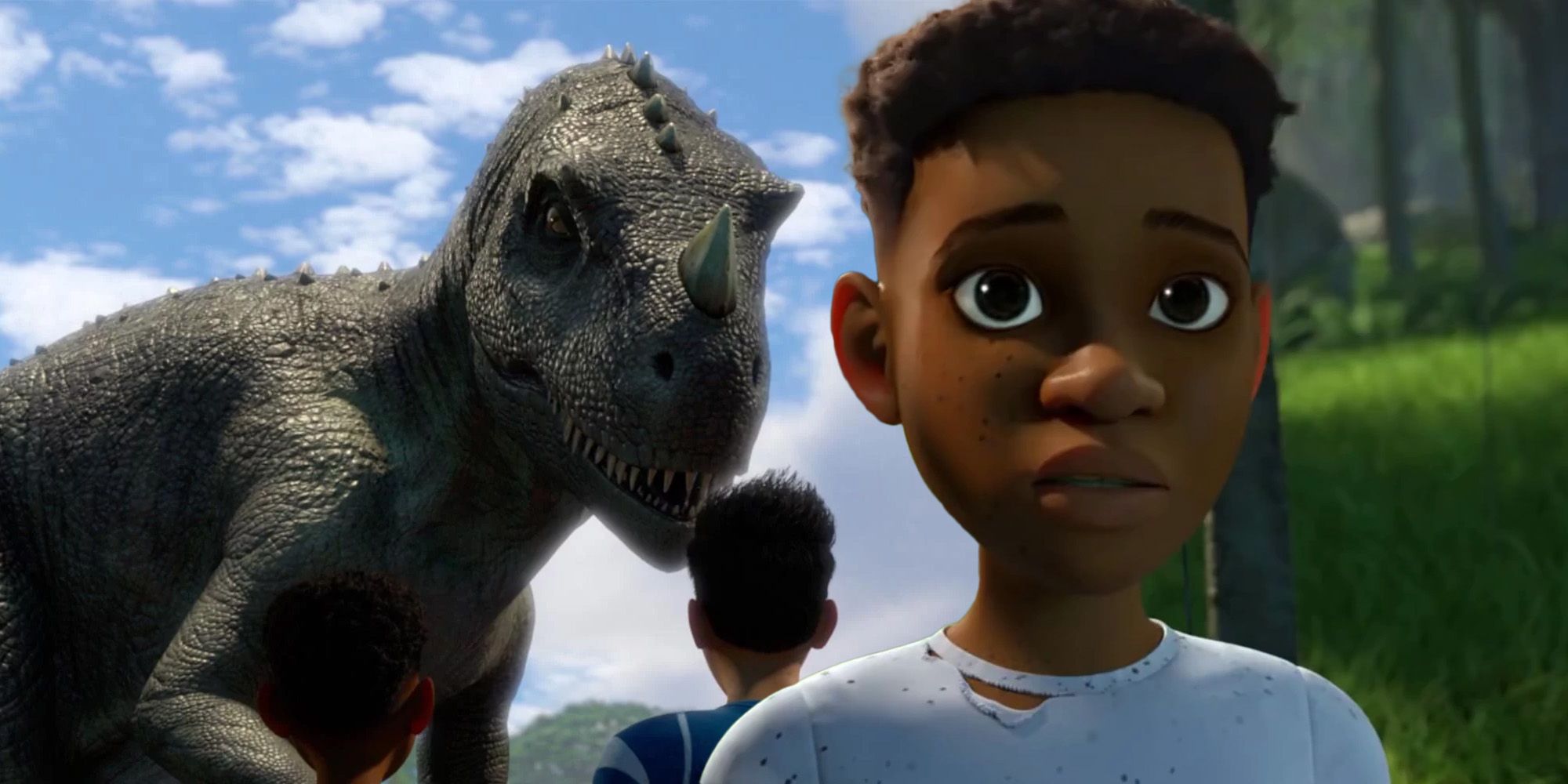
His instructors there recognized his potential and pushed him to go to college to become an engineer. I think that’s true Native American heritage coming out in me.” Photo: 3M CompanyAfter high school, Fairbanks went to vocational-technical school and became a mechanic for a bus manufacturer. Mark Fairbanks: “I’m a huge proponent of leave no trace.
#Between two worlds i.c.u. tv full
His father was born and raised on the White Earth reservation in northern Minnesota, and Fairbanks spent one full year there as a small child and often visited family on the reservation while growing up. Mark Fairbanks, a mechanical engineer and a lead test engineer for 3M, is typical in that respect. Often, Native Americans spend time split between two worlds.

Regardless of where they live, however, Native Americans are more than twice as likely to live in poverty and half as likely to have graduated from college.Įxplore our Infographic: Increasing Diversity in STEM Census Bureau data states that some 72 percent of American Indians and Alaskan Native people live in metropolitan areas, while a 2017 re-examination of that data by the First Nations Development Institute found that 54 percent of Native Americans lived in small towns and rural areas and 68 percent lived on or near reservations. They see a headdress on TV, they don’t know that there are other tribes and that they are not all alike.”Ĭontemporary popular culture images of Native Americans involve rural life on the dusty plains of South Dakota or in the deserts of Arizona. “Most of the time it was out of pure ignorance. “We get asked, ‘Do you still live in teepees?’ Things like that,” John said. The clashes, such as they are, involve ingrained values as well as longstanding stereotypes. More important are issues such as poverty, poor schools, and a lack of role models. The barriers to increasing those numbers are not so much the outright hostility that other underrepresented minorities have faced. Solid statistical data is difficult to come by, but the American Indian Science and Engineering Society (AISES), a group founded to promote Native Americans working in all STEM fields, counts fewer than 6,000 members. John got his opportunity, and today he is something of a rarity-one of a relative few Native American engineers.

“Somewhere there was this big school to go to.” “When I was younger, I always wondered what this college thing was she kept talking about,” John said. John’s mother went to the University of New Mexico while he was a child, and eventually became a schoolteacher. He pushed his children and grandchildren to pursue education. “There has to be more than what we do on the reservation, than sheepherding.” “He saw that there was a bigger world out there,” John said. But the man she married, John’s grandfather, had the opportunity to see something of the world outside the reservation during his military service in World War II, and it left an impression.

His grandmother spoke only Navajo Even though she was desperate to go to school, her parents needed her at home to help tend the sheep.

Joshua John’s grandparents on his mother’s side were born on the Navajo reservation in Shiprock, N.M.


 0 kommentar(er)
0 kommentar(er)
